10 Hidden Costs of Living in a Tiny House You Should Know

The minimalist dream of living in a tiny house holds wide appeal – less clutter, lower bills, and a simplified lifestyle free of excess. But there are a variety of hidden costs to living in a tiny home that you should consider before taking the plunge.
1. Initial Purchase and Construction Costs
Constructing a do-it-yourself tiny dream home seems feasible at first glance, with materials ringing up around $20,000 to $40,000 says the experts at Tiny Home. According to 2024 statistics, opting for a professionally built tiny abode by a contractor can skyrocket that figure over $100,000 however. What causes such a wide range in price? The cost fluctuates wildly depending on factors like: creative tiny home design and layout, the materials used, appliances included, and whether you hire a professional or not.
The good news? Browsing tiny house inspiration online allows you to glimpse the possibilities and constraints in action. You’ll notice clever space-saving hacks like: lofted beds, composting toilets, and foldable tables. To get a better idea of what to expect, check out these tiny home options. This will help you see what different options are available.
Takeaways:
- Building it yourself could cost between $20,000 to $40,000 just for materials.
- A professionally built tiny house price can be $100,000 or more.
2. Land Costs
The dream of a cute, affordable tiny house on wheels often glosses over one hidden cost: you still need land to park it on. And depending on location, preparing land for your tiny abode can make a small dent in your budget.
In urban areas, vacant land is scarce and pricey. Even a tiny slice of property can set you back thousands. Rural acres may be more attainable, but then you face the task of clearing the land, grading it, pouring a foundation, and connecting to water, electric and sewer lines before move-in day. Not so turnkey. These costs can add up fast and are often not discussed when it comes to the cost of the home.
Takeaways:
- Buying land can add thousands of dollars to the overall cost.
- It could require that you prepare the land by building a foundation or connecting to utilities.
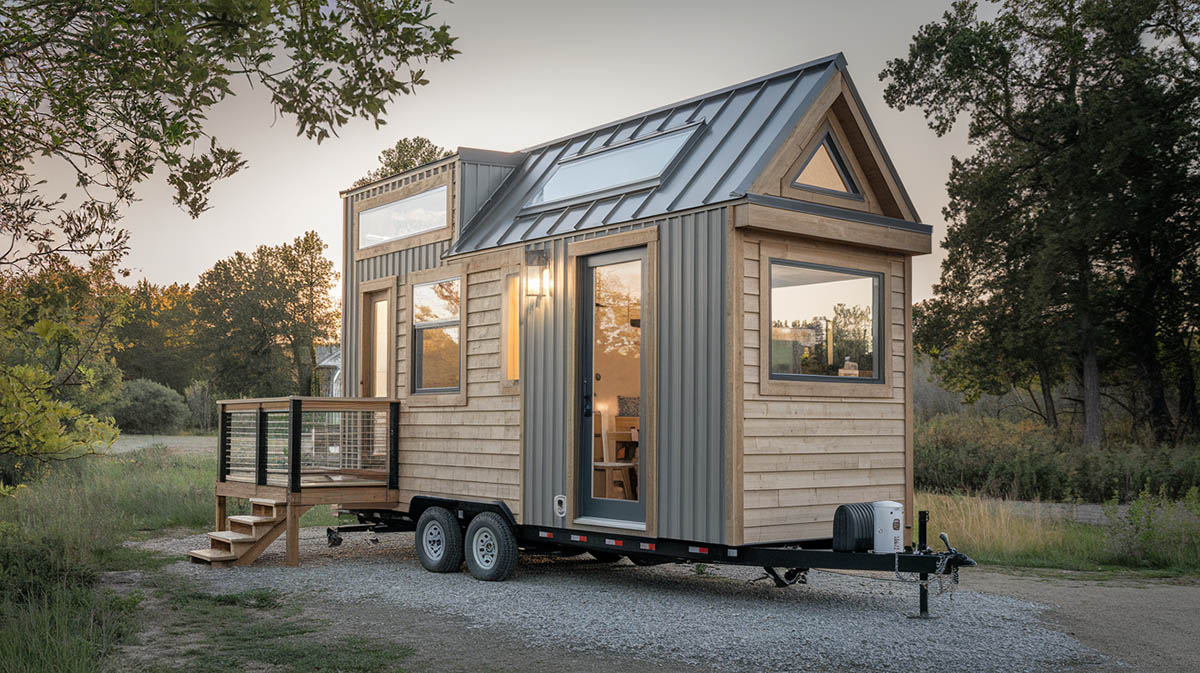
3. Zoning Laws and Permits
Zoning laws and building permits can throw a wrench in things. Depending on where you want to settle down your tiny house, local regulations may not allow it. Some areas restrict secondary dwellings or structures below a certain square footage. And even if tiny houses are legal, you may still need special permits that take time and money to get approved.
It’s not all bad news though! Many cities are adapting their rules to accommodate tiny homes. And there are more and more tiny house communities popping up that take care of all the bureaucratic details for you. The key is doing your zoning research early, connecting with other related owners in your area, and being ready to compromise on tiny house design plans if needed.
Takeaways:
- Check your local zoning laws to see if these homes are allowed before moving forward.
- It can take a lot of time and money getting permits and changing your plans to meet necessary building codes.
If you don’t plan carefully, these costs could be a big surprise. To better plan your home layout, consider these different layout ideas.
4. Utility Connections and Off-Grid Solutions
Hooking up your tiny house to city utilities like water, electricity, and sewage can really take a big bite out of your wallet. Just getting set up with all those connections can cost an arm and a leg in fees alone!
That’s why many tiny house owners decide to go off-the-grid instead. Of course, you’ll still have some expenses upfront buying things like solar panels, composting toilets, and rain barrels. But once your sustainable systems are in place, you’ll reap the long-term savings from generating your own power, dealing with your own waste, and capturing free rainwater.
Going off-grid takes more work too – you’ll have to regularly maintain those solar panels, empty the composting toilet, and keep the rain barrels clean. But many tiny house dwellers love the freedom and self-sufficiency that comes from being completely independent of city hookups. They don’t have any utility bills to pay every month!
Takeaways:
- Connecting city water, electricity, or sewage, can be costly.
- Living off-grid has its own set of expenses like solar panels, composting toilets, or rainwater collection systems can be pricey.
5. Insurance and Property Taxes
Getting insurance coverage for a tiny house can prove tricky. Unlike standard-sized homes, tiny houses occupy a very small niche within the insurance industry. Consequently, premiums often run high or companies decline coverage altogether due to the perceived risk.
When applying for home insurance, prepare for slightly elevated rates. The novelty of downsized living raises underwriting concerns over securing belongings and liability exposures. Costs may eventually decrease as insurers become more comfortable covering these petite properties. Still, anticipate paying 10-20% above conventional housing in the near-term.
Property taxes also warrant consideration if owning the land underneath a tiny home. Local municipalities determine property tax rates which can fluctuate substantially by geography. While tiny houses typically appraise below market value, the assessed land parcel may counterbalance this.
Takeaways:
- Insurance premiums may be higher for tiny homes.
- Consider potential property taxes if you own the land.
6. Maintenance and Repairs
When it comes to tiny living, don’t let the small square footage fool you – those cute little houses still require regular upkeep and the occasional repair. Sure, replacing that tiny shingle or tightening the miniscule pipes under your mini-sink may cost less than in a 2,000 square foot home. But in some cases, the specialized or non-standard building materials often used in tiny houses can actually make fixes pricier when things go wrong.
The good news? Just like a larger house, routine tiny home maintenance goes a long way. Giving your petite palace some TLC by checking for leaks, cleaning out gutters, weatherproofing windows and doors, or re-caulking joints helps prevent more costly emergency repairs down the road. Still, unexpected issues pop up even in a small space.
Takeaways:
- Repairs can be more expensive and harder to do since many items are custom.
- Maintenance costs still exist like a larger home.
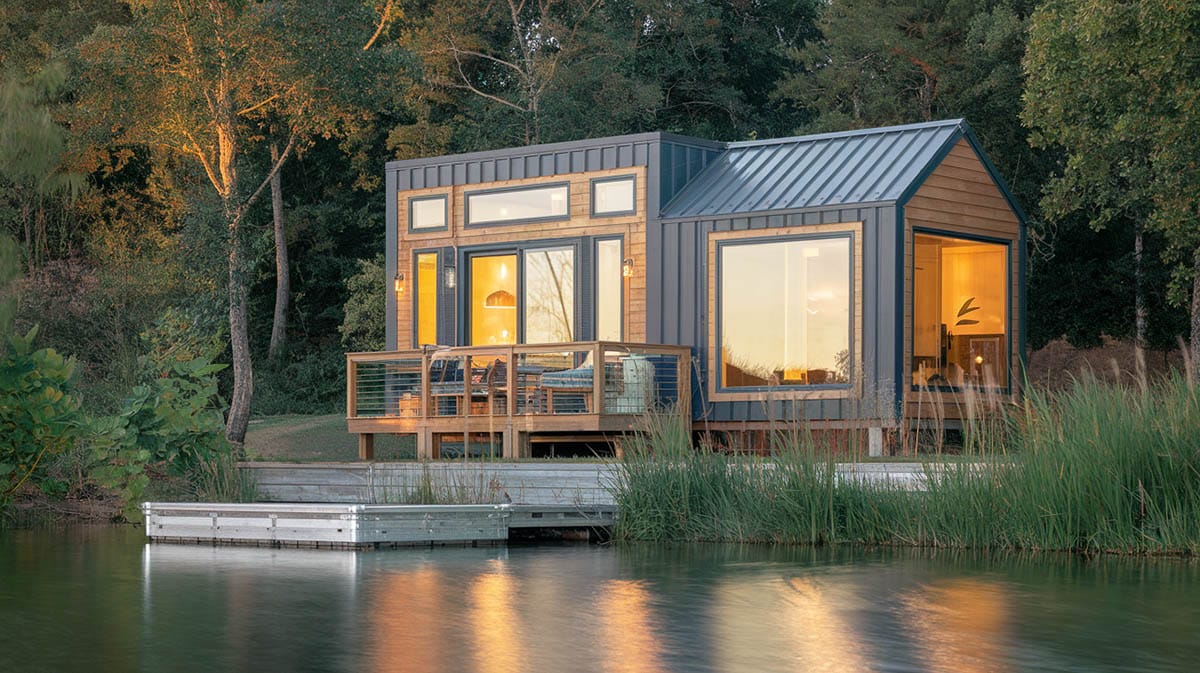
7. Financing and Interest Rates
Financing a tiny home often comes with big challenges. Unlike traditional houses, most banks refuse to offer regular mortgages for these pint-sized dwellings. So securing funding usually requires a personal loan or RV loan with sky-high interest rates. And over time, those pricier loans can really add up – turning what looks like an affordable way to downsize into a budget-busting money pit.
Your best bet is to save up and pay cash if possible. But if you need financing to make a tiny house work, shop around at local credit unions or community banks more likely to understand these unique loans.
- Many banks do not give a regular mortgage for these types of homes.
- If you can’t pay cash, loans could end up costing you more over time.
8. Resale Value and Depreciation
Many people forget that a tiny home, like a car, might lose value over time. When you’re ready to sell, that adorable little cabin may be less appealing to buyers. Narrow windows and ladders to lofts can lose charm quickly. And finding buyers interested in moving your tiny dream home to a new location can prove tricky. The hard truth hits when you realize your tiny nest – that $80,000 labor of love – may only fetch $60,000 in resale. Ouch.
Takeaways:
- These dwellings may not resell for as much as they cost to build.
- It may be harder to find buyers or get a good price later on.
9. Storage Needs
When you make the dramatic transition to a tiny house, suddenly that giant pile of belongings won’t fit anymore. The constraints of a mini abode mean creatively rethinking what makes the cut. Hard choices emerge about what gets prime real estate in your limited square footage versus getting exiled to a storage unit.
Renting a monthly unit can dent your freedom-loving, tiny house budget surprisingly fast. Those fees can snowball into serious money over time. Even with a purge of belongings, you’ll likely still need to stash seasonal goods or sentimental keepsakes somewhere.
Embracing the tiny life also means investing in specialized space saving solutions. Things like slides out drawers, fold down beds, and multi-purpose furniture. These innovative designs come with premium price tags, so factor those costs in too.
Takeaways:
- Storage rental costs can add up and cost more than you think.
- Downsizing may mean replacing items with more space-saving alternatives.
You can check out tiny home measurements guide to see what sizes might the right size for your needs.
10. Lifestyle Adjustments
When space is limited, organization becomes critical. You may need to invest in specialized furniture – like a storage bed or a table that folds into the wall – to maximize every inch. And since you’ll only have room for the essentials, expect to spend a little extra on savvy storage baskets, labels, and bins to keep chaos at bay.
You’ll also want to consider the personal costs. These can range from the potential inconvenience of not being able to get a good nights sleep due to cramped conditions. The necessary trips to go grocery shopping because you don’t have a large fridge and freezer. Or the inability to host guests to sleep over. Though, maybe that’s a good thing depending on your family?
Takeaways:
- You may need to buy special multi-functional furniture that is more expensive than regular furniture.
- Adjusting to minimalism might also mean being inconvenienced in many different ways.
Case Studies and Statistics
Case studies show that while some people find tiny house living affordable, others face unexpected costs.
- Jay Shafer, one of the pioneers of the tiny house movement, built his first tiny home for $5,000 using cheap materials and doing all the work by himself, says Jess Malcolm with the Sun.
- Another homeowner named Annie bought a pre-built tiny home for $142,000, which included a monthly payment of $1,476 as reported by Josephine Fuller. While this was still cheaper than her rent, it ended up being higher than expected.
- The average utility cost for tiny homes according to WorldMetrics is about $100 to $200 per month, this can be less than a regular-sized house depending on whether you use energy-saving systems like solar panels or traditional utilities.
Statistics also show interesting facts about tiny homes:
- About 68% of tiny house owners live without a mortgage, compared to only 29.3% of regular homeowners. This means these owners are often more financially independent. Though, they may not have the advantage of growing equity.
- Tiny homes can use up to 10 times less energy than regular-sized homes, which can be a massive savings on the monthly bills.
- The tiny house market is growing quickly and expected to grow by more than $4 billion from 2022 to 2027.
Table of Costs
Here is a table that summarizes the hidden costs of living in a tiny house:
| Cost Component | Details |
|---|---|
| Average Purchase Price | $10,000 to $100,000 |
| DIY Construction Costs | $20,000 to $40,000 for materials |
| Pre-Built Tiny Houses | $50,000 to $100,000 for professionally built |
| Land Acquisition | Thousands of dollars depending on location |
| Utility Connections | High fees for water, electricity, sewage |
| Off-Grid Systems | Costly setup for solar panels, composting toilets |
| Permits and Zoning | Expensive and time-consuming |
| Insurance | Higher premiums than regular homes |
| Maintenance and Repairs | Custom parts can be expensive |
| Resale Value | Tiny homes often lose value |
| Monthly Utilities | $100 to $200 depending on energy sources |
| Storage Needs | Extra costs for storage unit rentals |
Conclusion
So, is the tiny house life for you? Before you hitch up and tow your micro-mansion down the highway toward simplicity, make sure you’ve done your homework. Tiny living can seem idyllic – just picture it: reading on your couch with a mountain vista behind you, or waking up to birds chirping outside your window. It’s an alluring dream.
But don’t let those picturesque images make you overlook the practicalities. Tiny living can also mean tiny utility bills, but first you’ll have to pay for things like land, permits, insurance, maintenance, and more. These costs vary widely, but can quickly add up and sabotage your dreams if you don’t budget for them.
My advice? If you’re tempted by the tiny house temptress, seduce her sensibly. Crunch the numbers. Vet locations. Figure out what tweaks and changes you can genuinely live with long-term. Tiny living isn’t for everyone, so reflect honestly on whether it fits your lifestyle before you commit. When executed deliberately, this radical shift can lead to financial freedom and peace of mind. Pursued hastily, it may only lead to buyer’s remorse.


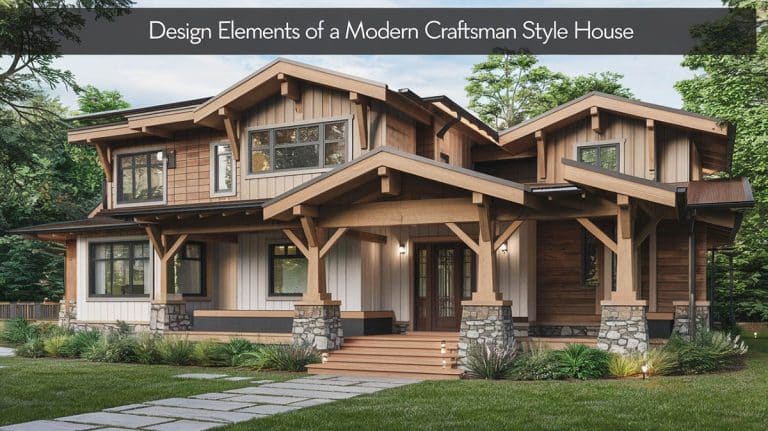
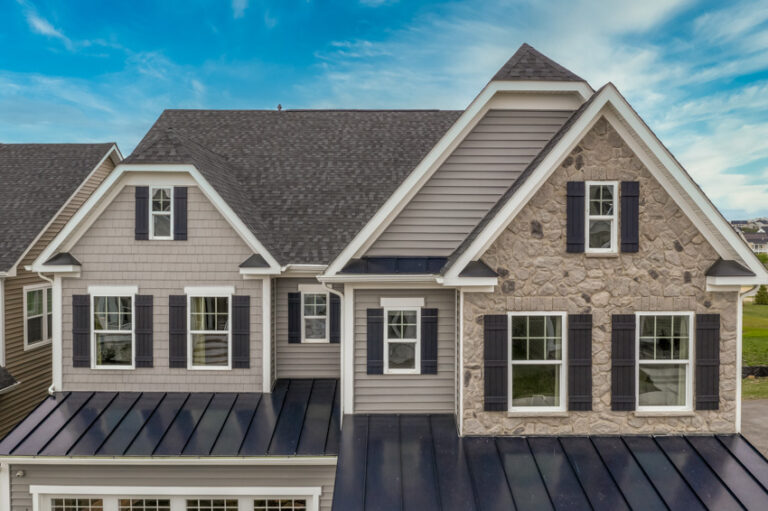
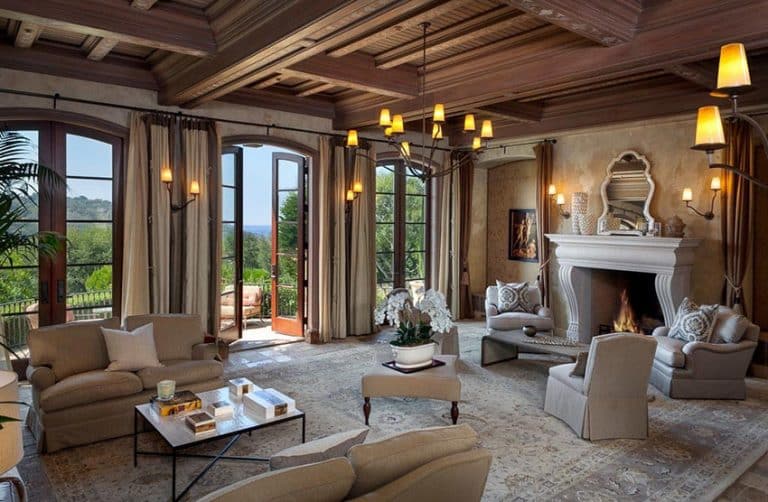
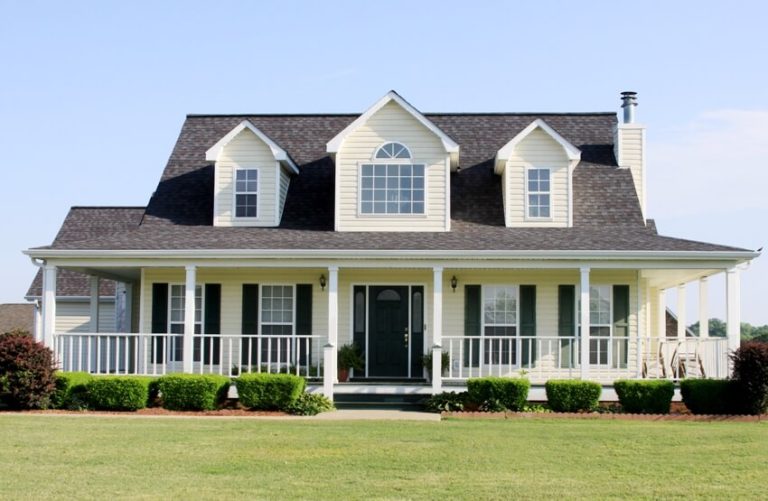
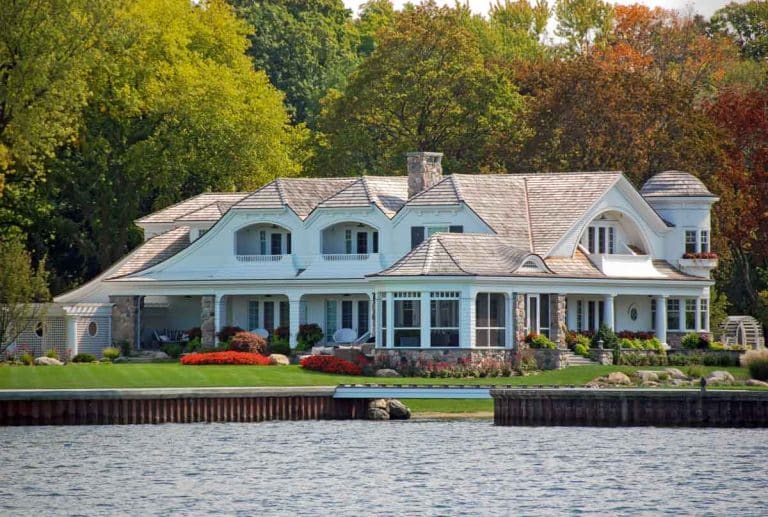
Can one purchase a tiny house in a community and own the land the home is on, like in a regular subdivision?
Are fences for pets allowed?
The answer is generally yes, but it depends on the community as some have rules against tiny homes or have minimum square footage requirements. when searching for areas that they will work for you’ll need to search for terms like:
“Fee-simple tiny home community”
“Tiny house subdivision”
“Tiny home neighborhood”
“Tiny house lots for sale”
Many of these work on a land lease model where you own the home, but lease the land. To own the land you will want to look for a fee-simple ownership model and make sure the community allows these types of houses. As far as fences go, these are very dependent on the community and their CC&Rs or Covenants, Conditions, and Restrictions.